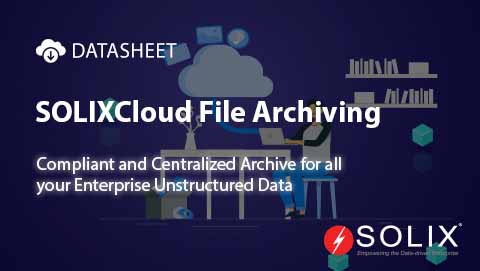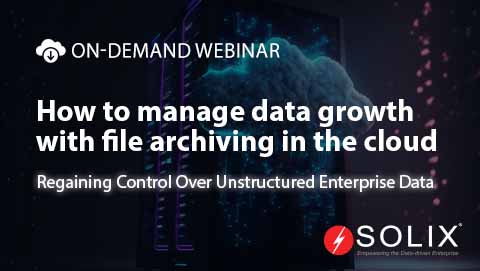Business Objects
What are Business Objects?
A business object represents a real-world entity relevant to a particular business domain. These objects encapsulate data and the logic associated with that data, serving as the building blocks of business-oriented applications.
Business objects interact with the data access layer to retrieve and manipulate data and the business logic layer to implement specific functionalities. They are intermediaries between the underlying data and the application’s user interface.
Characteristics of Business Objects
Here are the characteristics typical to business objects
- Data Encapsulation
They bundle data attributes and methods that operate on that data into a single unit.
- Business Logic Implementation
They embody the core functionalities relevant to a business entity, such as calculations, validations, or workflows.
- Object-Oriented Design
They are typically designed using object-oriented programming principles, with attributes representing properties and methods representing actions.
Advantages of Using Business Objects
- Improved Maintainability
By separating business logic from the data layer and user interface, code becomes more modular and easier to maintain.
- Reusability
Business objects can be reused across different parts of an application, reducing development time and effort.
- Data Integrity
By encapsulating data manipulation logic within the object, data integrity rules can be enforced more effectively.
Key Considerations When Using Business Objects
There are some key considerations to be taken while using business objects
- Granularity
The level of detail encapsulated within a business object needs to be carefully chosen. Overly granular objects can lead to complexity, while overly coarse objects might lack flexibility.
- Data Persistence
How business objects will be persisted and retrieved from the underlying data store needs to be considered. This might involve mapping object attributes to database tables.
- Security
Security measures should be implemented to ensure that only authorized users can access and modify data within business objects.
Examples of Business Objects
Business objects can represent various entities depending on the specific business domain. Here are a few common examples:
- E-commerce: Customer, Product, Order, Shopping Cart
- Finance: Account, Transaction, Loan, Security
- Human Resources: Employee, Job Position, Department, Payroll
- Inventory Management: Item, Supplier, Warehouse, Purchase Order
These are just a few examples, and the specific business objects used in an application will vary depending on the business’s unique needs.
Business objects play a crucial role in developing robust and maintainable business applications. Their use promotes a clear separation of concerns, improves code reusability, and helps ensure data consistency.
FAQs
How are business objects designed?
Business objects are typically designed using object-oriented programming principles. They encapsulate data attributes and methods that operate on that data.
What are some challenges to consider when using business objects?
One challenge is determining the appropriate level of granularity for a business object. Another is ensuring that business objects can be persisted and retrieved from the underlying data store.
Are business objects the same as data objects?
No, business objects differ from data objects in that they not only hold data but also encapsulate the logic associated with that data. They represent real-world entities and the functionalities relevant to them.





